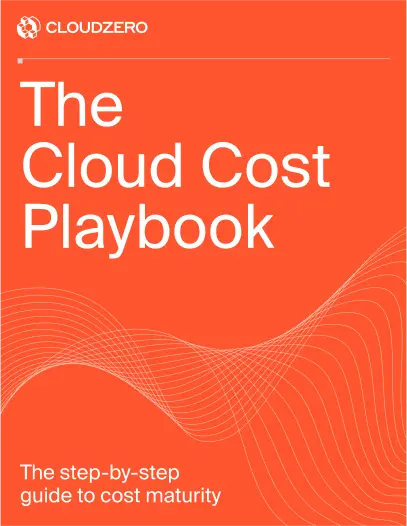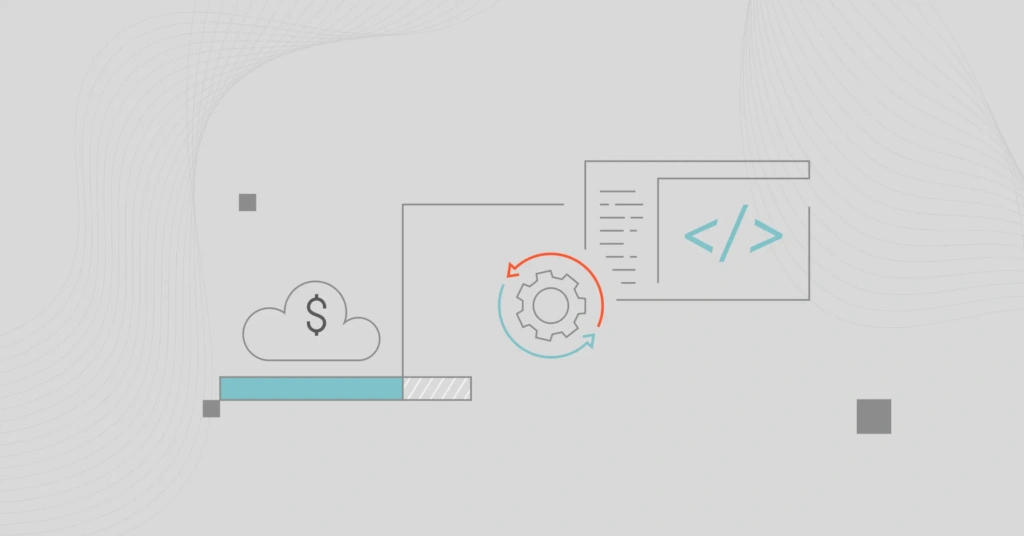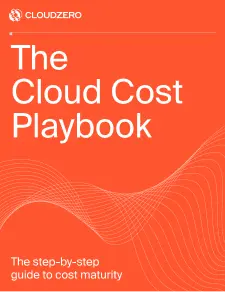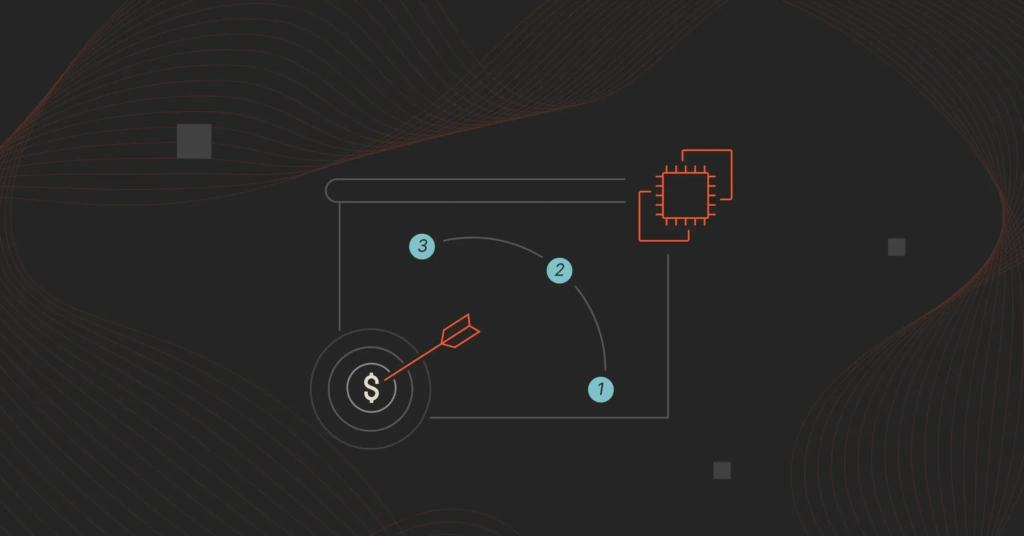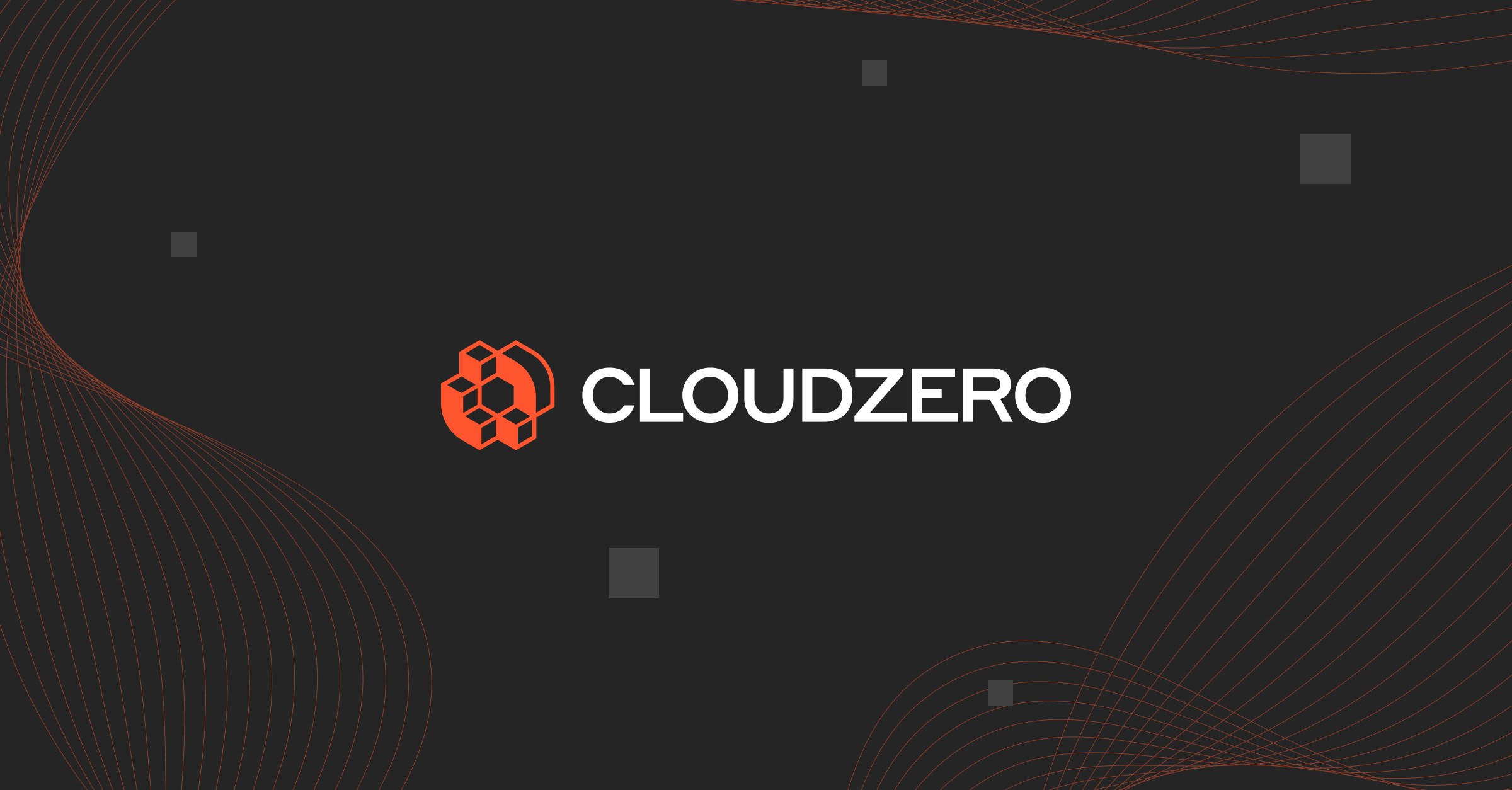CloudZero’s research has determined that as many as 60% of SaaS business leaders feel their cloud spend is higher than it should be. Considering cloud spend is a dominant portion of a SaaS company’s operating costs, unexpectedly high cloud bills can be a significant problem.
While many SaaS leaders use discount plans to stem the bleeding, we believe the better solution lies with giving your engineers the tools to track and optimize costs as they build.
Read on to find out why engineering-led optimization (ELO) is the superior way to keep cloud costs under control.
1. ELO Provides Long-Term Cost Savings
Most SaaS leaders turn to cloud provider discounts and savings plans to put a band-aid on the problem of high cloud costs. The idea is to slice a percentage of costs off the top by committing to a certain threshold of time or usage with their provider.
However, finding provider discounts amounts to giving your cloud costs a haircut with a pair of scissors.
Sure, costs will be more manageable in the short term, but unless you address the underlying problems that caused your costs to spiral out of control, they’re likely to grow back quickly — and even surpass where they started.
Rather than using the “scissors” method, SaaS companies would be much better served by improving their engineering processes.
Efficient engineering not only prevents costs from snowballing in the first place, it can actually slow the “regrowth” that happens after your discount plan haircut.
2. ELO Reveals Savings Opportunities That Would Not Have Otherwise Been Apparent
If your primary method of cost optimization has always been to search for better provider discounts, you’re likely leaving a lot of money on the table without realizing it.
Until you dive deeply into your engineering processes to root out inefficiencies and make smarter purchasing decisions, it’s impossible to visualize how much money you waste with everyday engineering choices.
Once you begin to track the costs of your engineers’ decisions, whole new paths for savings and efficiency will open up. This happens naturally and organically as your engineers learn the direct repercussions of their actions and see how other choices might have led to better outcomes.
3. ELO Allows Engineers To Fix Inefficiencies Quickly
In a typical SaaS company that does not focus on engineering-led optimization, it could take months or even years for inefficient code or suboptimal infrastructure choices to become obvious.
Even if a company knows their spending is too high — like the 60% that firmly believe they’re paying too much for cloud services — actually finding the source of the extraneous costs can be tricky.
That isn’t the case with an engineering-led optimization strategy. If you’ve implemented a platform — such as CloudZero — that will help your engineers see their cost contributions almost immediately, it will be much easier to pinpoint the exact time something went awry.
If spending began to trend dramatically upward right after an engineer rewrote a portion of code, for instance, he or she can dive right back in and fix the inefficiency before costs grow even further.
It’s worth noting that CloudZero provides hourly reports, so engineers can see the results of their actions in near real-time. Other platforms provide daily reports, meaning engineers might have to undo an entire day’s worth of work if they discover costs have been climbing all day long.
4. Your Engineers Will Learn To Build Projects Efficiently Right Out Of The Gate
No engineer wants to release an inefficient, wasteful product and then have to spend valuable time going back in to fix their errors.
If engineers have the resources to track their cost contributions as they build the project, they can make sure every step they complete is as efficient as possible.
This means your company will release stronger products, save money because the code is efficient, and save the time it would have taken to go back and fix inefficiencies after the fact. All these savings add up to mean that your team can focus on future innovation rather than continuously revisiting past projects.
This can put you miles ahead of the competition if your peers are still using trial and error to optimize their costs.
5. ELO Takes Some Pressure Off Of Engineers
At first glance, it might seem like engineering-led optimization adds extra burdens to already taxed engineers. If you’re asking them to begin tracking costs when they never have before, it may even feel as though you’re giving your engineers a whole new job to do on top of their usual tasks.
However, in reality, SaaS engineers have always been the contributors behind most cloud costs.
It’s why finance teams and engineering teams have historically gotten caught in needless battles: because finance wants engineering to cut costs, and engineers just want to build good products.
Worse, without a way to track costs in detail and learn to build efficiently from the ground up, engineers are stuck fighting a losing battle, getting more and more frustrated over budgetary constraints they feel they have no control over.
ELO turns that whole problem upside down. Suddenly, engineers have the means to track their own contributions to costs. They can identify inefficiencies quickly and see measurable, gratifying results when they make smart development decisions. In other words, engineers are now in control.
This means no more struggling to justify bloated costs and no more blind battling to bring costs down.
Give Control Back To Your Engineers With CloudZero
To reap the above benefits, you’ll need a way to track costs in detail, allocate those costs to the teams and individuals who affect them, and provide those teams and individuals with visibility into their cost contributions.
CloudZero is the easiest way to do exactly that. We not only keep track of every dollar your company spends in the cloud, we also trace it back to show you where that spend came from and how it compares to past trends.
Your engineers can opt to receive real-time Slack updates that reflect the cost changes they’ve made, so they can always stay on top of their progress toward the team’s set cloud budget.
